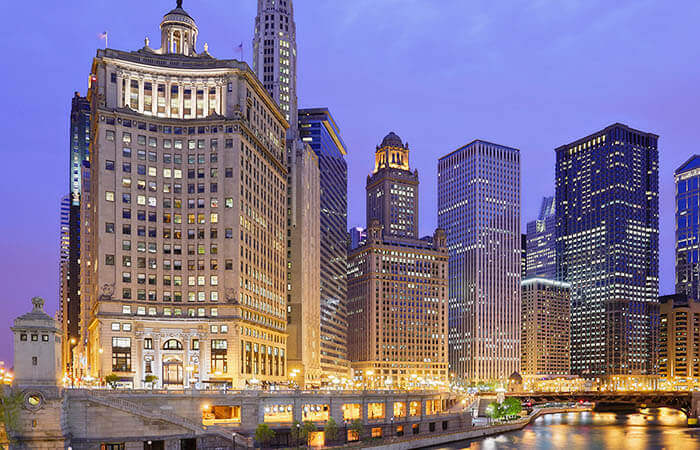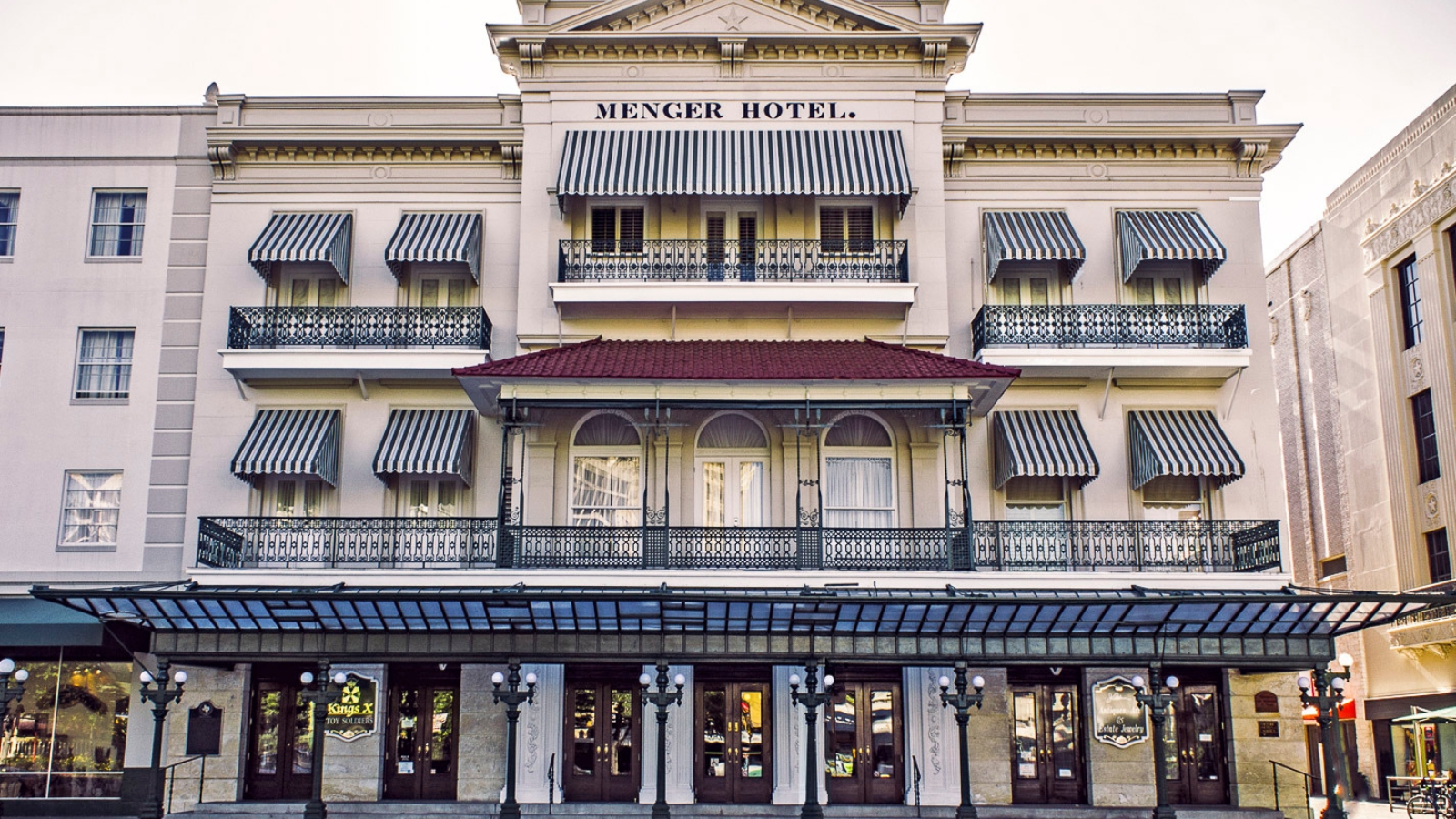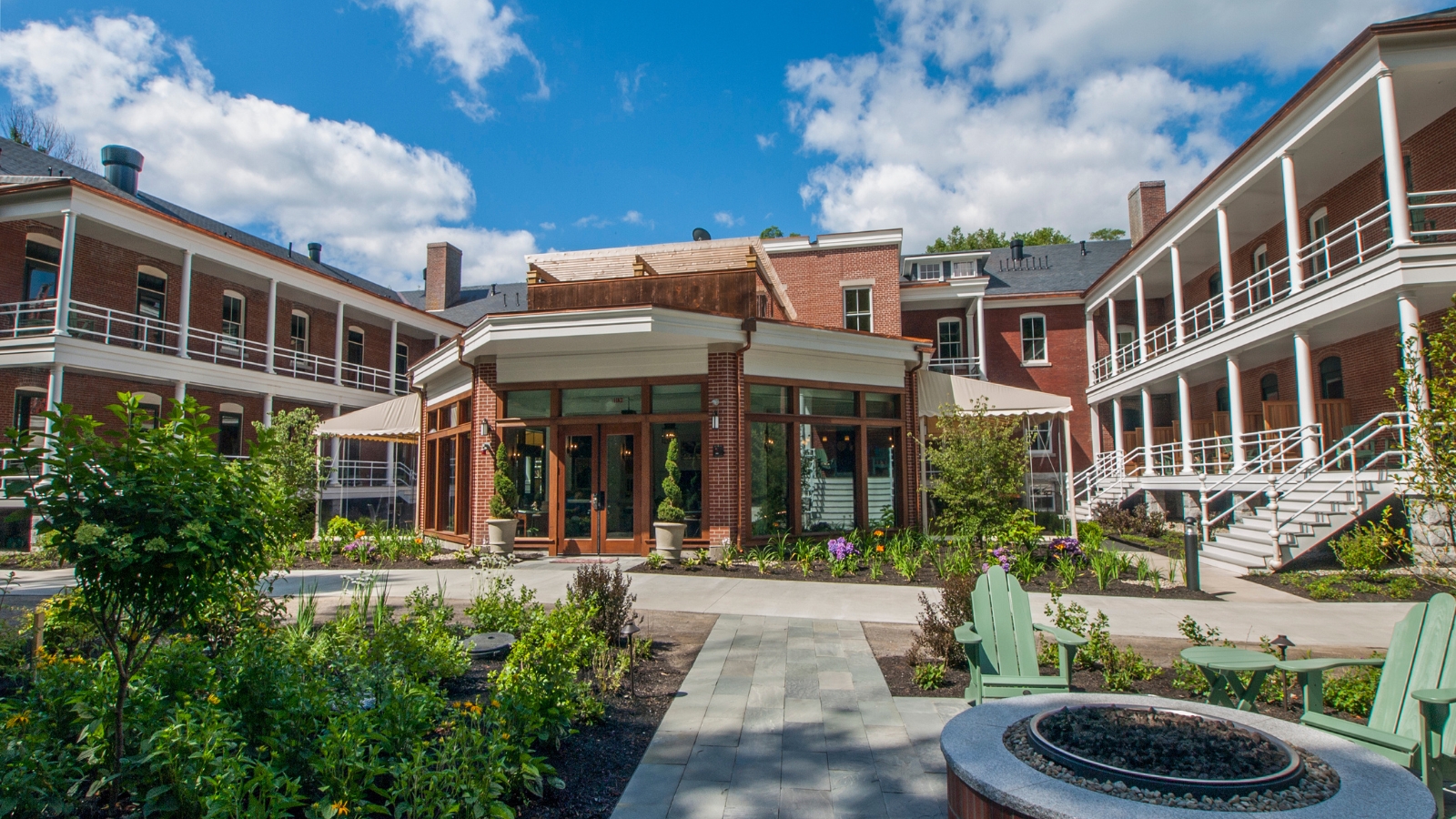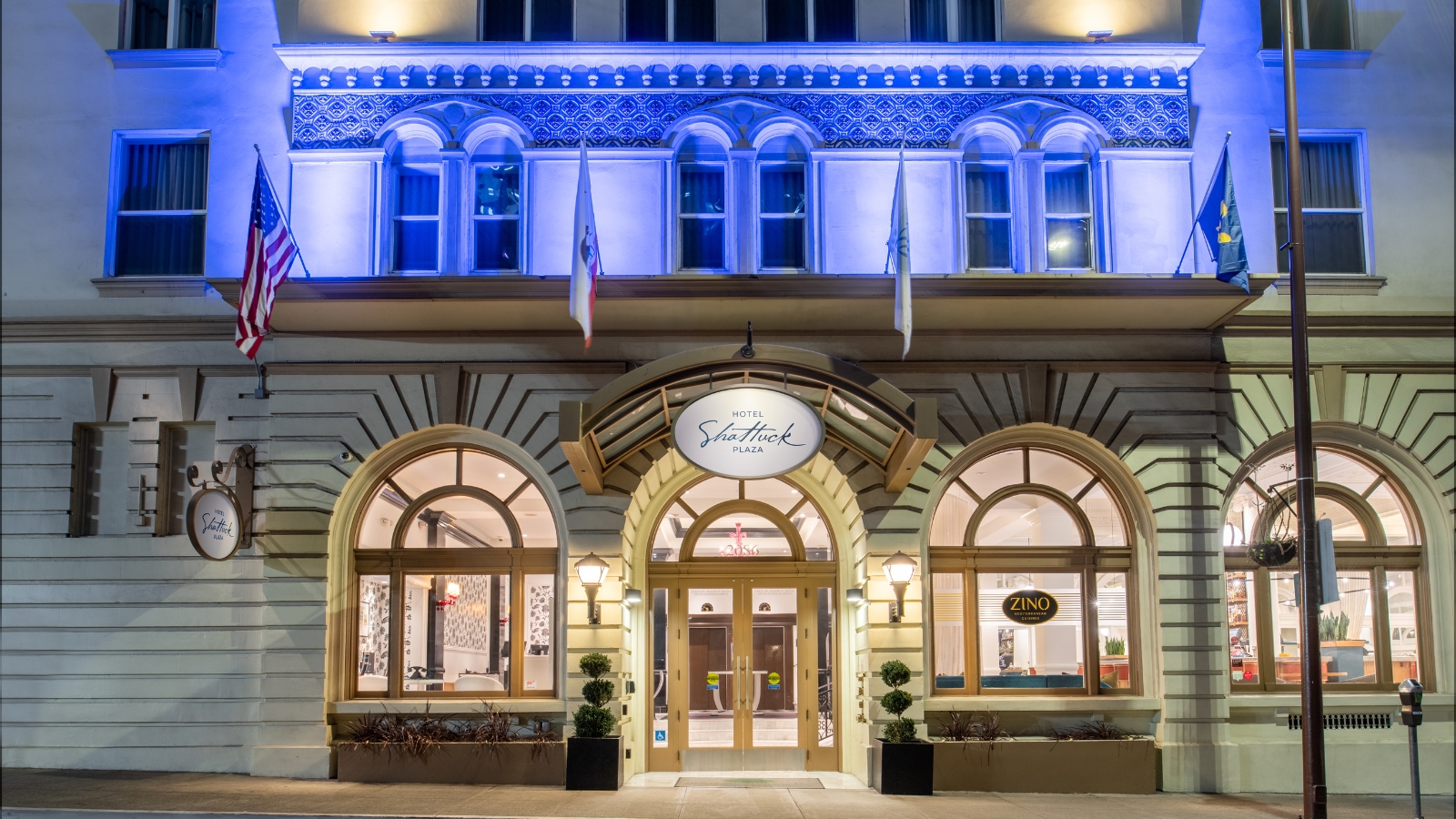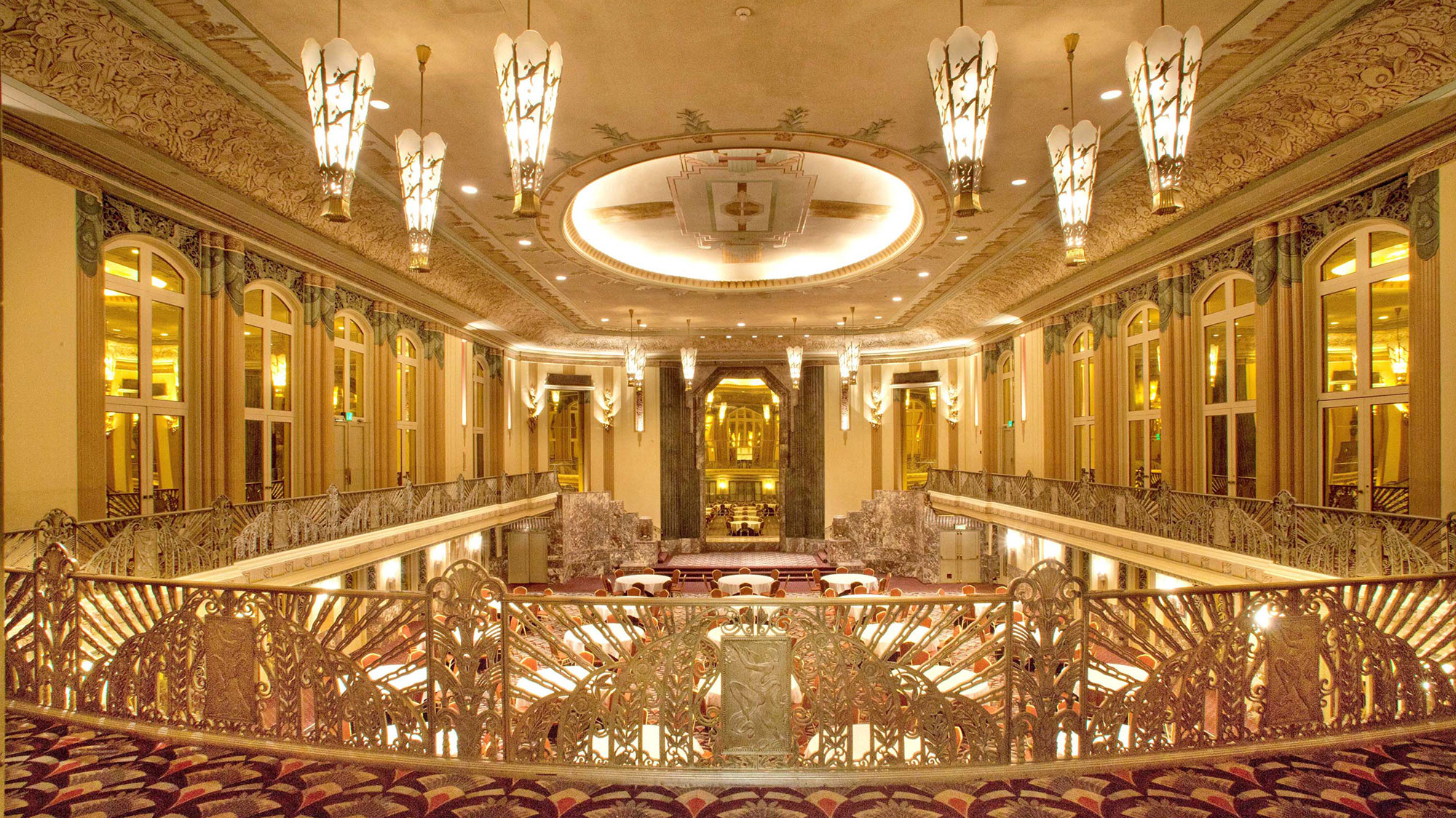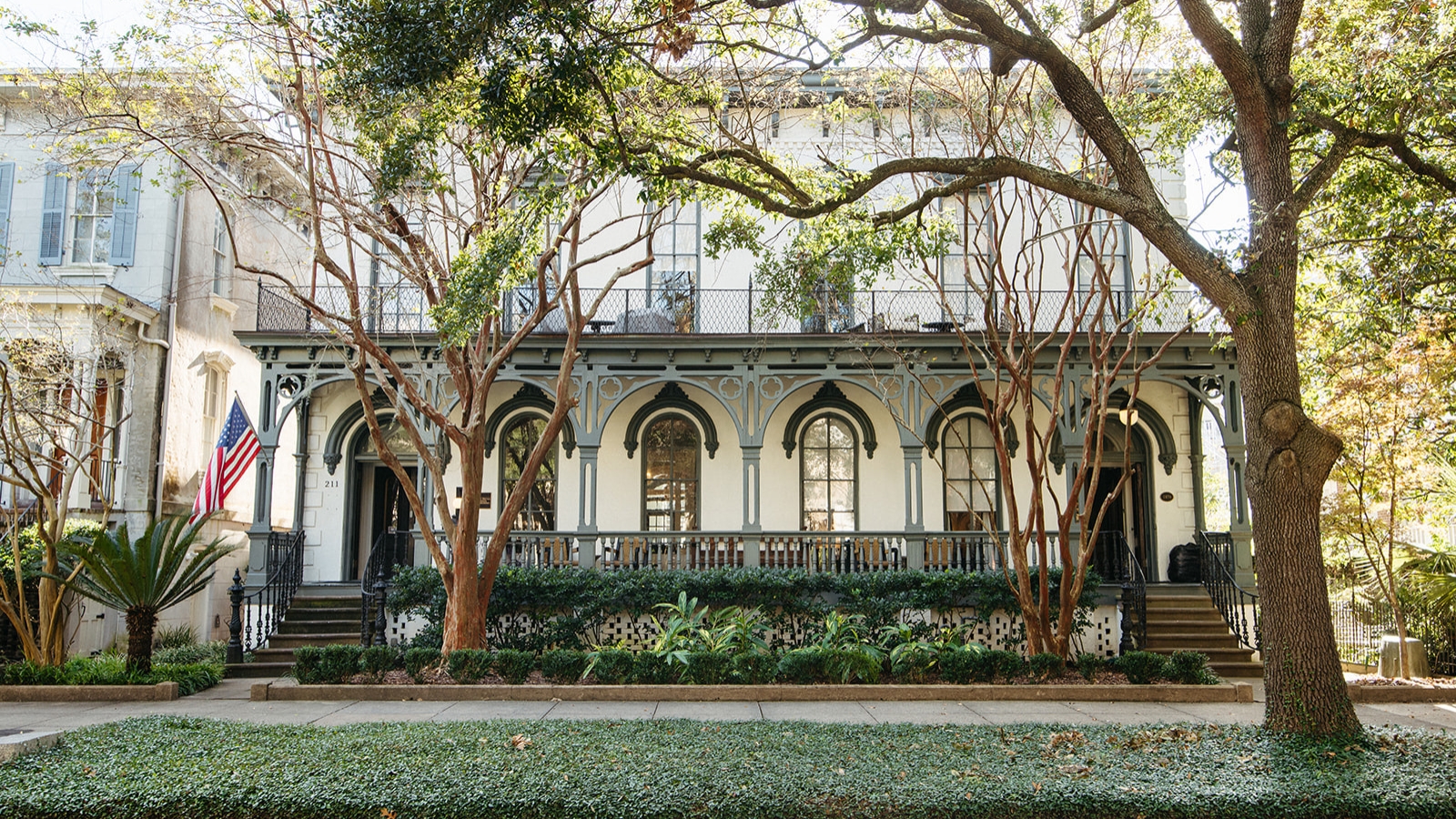Receive for Free - Discover & Explore eNewsletter monthly with advance notice of special offers, packages, and insider savings from 10% - 30% off Best Available Rates at selected hotels.
Guest Historian Series: Stanley Turkel, CMHS
Nobody Asked Me, But... No. 148;
Hotel History: HOTEL DUPONT (1913), Wilmington, Delaware*
By Stanley Turkel, CMHS
At its opening in 1913, the HOTEL DUPONT was designed to rival the finest hotels in Europe. The new hotel contained 150 guestrooms, a main dining room, rathskeller, men's cafѐ/bar, ballroom, club room, ladies' sitting room, and more.
During the first week alone, after its gala opening, 25,000 visitors toured the new hotel, where no expense was spared. In the ornate public spaces, nearly two dozen French and Italian craftsmen carved, gilded, and painted for over two and a half years. Suites featured large sitting rooms and cozy fireplaces. Polished brass beds were made up with imported linen, while sterling silver comb, brush, and mirror sets were placed on the dressing tables. In the main Dining Room, now known as the Green Room, fumed oak paneling soared two and a half stories from the mosaic and terrazzo floors below. Rich forest greens, browns, and ivories, embellished with gold, decorated the room. Six handcrafted chandeliers and a musicians' gallery overlooked the opulence. After dinner, many guests enjoyed professional performances at the hotel's own Playhouse Theatre, now known as the duPont Theatre. Built in only 150 days in late 1913, its stage is larger than all but three of New York City's theatres.
During the early days of the duPont's Brandywine and Christina Rooms, the hotel showed its commitment to struggling local artists by displaying their works. Today, they highlight one of the foremost collections of Brandywine art, including three generations of original Wyeth masterpieces. Through the years, the Hotel duPont continued to evolve with the times. In 1918, 118 guest rooms were added and the beautiful Rose Room, the French salon reserved for women, became the new lobby. Wooden inlaid floors became marble, mirrored walls were replaced with imported travertine stone, and the ceiling was sculpted with carved rosettes and scrolls.
In the 1920s, the hotel was managed by the Bowman-Biltmore Hotel Company and named the duPont-Biltmore Hotel. Through the years, the hotel has been host to presidents, politicians, kings, queens, sports figures, corporate giants, and celebrities including: Charles Lindbergh, Amelia Earhart, Ingrid Bergman, Prince Rainier of Monaco, Joe DiMaggio, John F. Kennedy, Jacques Cousteau, Eleanor Roosevelt, Elizabeth Taylor, Katherine Hepburn, Duke Ellington, King Carl XVI, Gustaf and Prince Bertil of Sweden, Norman Rockwell, Henry Kissinger, Kathleen Turner, Bob Hope, Lucille Ball, and many more. More recent celebrities include Barry Manilow, Reese Witherspoon, Ryan Phillipe, Warren Buffet, Joe Gibbs, Jeff Gordon, and Whoopi Goldberg.
In the 1950s, the owners embarked on a misguided attempt to modernize the hotel. They replaced the handcrafted furniture with faux leather versions. The oriental rugs were replaced with carpeting and vintage lighting with modernized fixtures. Out front, the hotel's elegant iron and opal glass marquee was replaced with an aluminum and steel version.
By the 1980s, the duPont lost its longtime standing as a four-star hotel and occupancy dropped to just over 50%. Only July 1, 1991 the owner, E. I. duPont de Nemours & Company, in a major commitment of $40 million, shut down all 295 of its small and outdated rooms. The architects Burt, Hill, Kosan & Rittleman of Pittsburgh designed the renovation of the Gold Ballroom (with 20 bas reliefs honoring women in history), the Green Room, and Brandywine Room restaurants. Guestrooms were enlarged from 300 square feet to 450 to 500 square feet by reducing their number from nearly 300 to 217, including 10 suites. The renovation created 30,000 square feet of contiguous conference and training space. Adjacent to the hotel and in the same building is the 1,243-seat Playhouse which is operated as supplementary meeting space for the hotel and the community.
The HOTEL DUPONT is once again the recipient of the AAA Four-Diamond and the Forbes Four- Star awards. The hotel showcases original paintings of world-renowned artists, including three generations of Wyeths.
*excerpted from my book Built To Last: 100+ Year-Old Hotels East of the Mississippi (AuthorHouse 2013)
*****
About Stanley Turkel, CMHS
 Stanley Turkel was designated as the 2014 and 2015 Historian of the Year by Historic Hotels of America, the official program of the National Trust for Historic Preservation. This award is presented to an individual for making a unique contribution in the research and presentation of history and whose work has encouraged a wide discussion, greater understanding and enthusiasm for American History.
Stanley Turkel was designated as the 2014 and 2015 Historian of the Year by Historic Hotels of America, the official program of the National Trust for Historic Preservation. This award is presented to an individual for making a unique contribution in the research and presentation of history and whose work has encouraged a wide discussion, greater understanding and enthusiasm for American History.
Stanley Turkel is one of the most widely-published authors in the hospitality field. Two of his hotel books have been promoted, distributed and sold by the American Hotel & Lodging Educational Institute (Great American Hoteliers: Pioneers of the Hotel Industry and Built To Last: 100+ Year-Old Hotels East of the Mississippi). A third hotel book (Built To Last: 100+ Year-Old Hotels in New York) was called "passionate and informative" by The New York Times. His fourth hotel book was described by The New York Times: "Nostalgia for the City's caravansaries will be kindled by Stanley Turkel's...fact-filled...Hotel Mavens: Lucius M. Boomer, George C. Boldt and Oscar of the Waldorf."

Built to Last: 100+ Year-Old Hotels East of the Mississippi is available for purchase from the publisher by visiting bookstore.authorhouse.com.
























